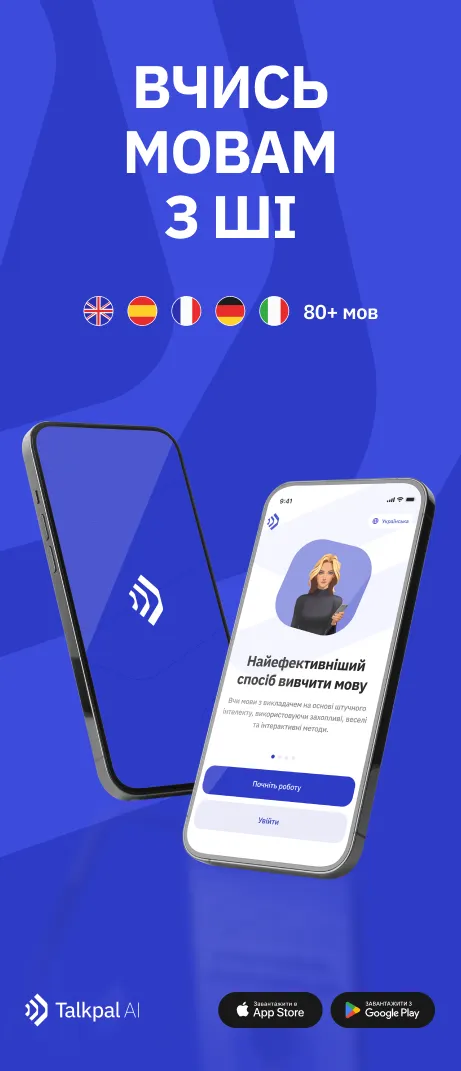Understanding Танысу
The word танысу is often used in Kazakh to denote the act of meeting someone for the first time, much like the English word “introduce.” When you танысу with someone, you are getting acquainted with them, learning their name, and perhaps exchanging basic information about yourselves. This word carries the sense of forming a new connection or beginning a new relationship, whether it’s personal, social, or professional.
For example:
– Біз кеше жаңа көршімізбен таныстық. (We met our new neighbor yesterday.)
– Ол конференцияда көптеген адамдармен танысты. (She met many people at the conference.)
In these sentences, танысу implies an initial meeting where introductions are made and preliminary connections are established.
Usage in Different Contexts
Танысу is versatile and can be used in various settings:
1. Social Settings: When you are introduced to someone at a party or a social gathering.
2. Professional Settings: When you meet a new colleague or business partner for the first time.
3. Educational Settings: When students or teachers meet each other at the beginning of a new school term.
Some useful phrases include:
– Сізбен танысқаныма қуаныштымын. (I am pleased to meet you.)
– Ол жаңа жобаның жетекшісімен танысты. (He met the new project manager.)
Understanding Кездесу
On the other hand, кездесу is more about an encounter or a meeting that does not necessarily imply the first time or an introduction. This word is used when you meet someone you already know, or when a planned meeting or encounter takes place. It can be translated as “meeting” or “encounter” in English and is used in both formal and informal contexts.
For example:
– Біз бүгін түсте кездестік. (We met this afternoon.)
– Ол ескі досымен кездесті. (He met his old friend.)
In these sentences, кездесу signifies a planned or arranged meeting, or simply running into someone you know.
Usage in Different Contexts
Кездесу also finds its place in various scenarios:
1. Planned Meetings: When you arrange to meet someone at a specific time and place.
2. Chance Encounters: When you happen to meet someone unexpectedly.
3. Reunions: When friends or family members meet after a long time apart.
Some useful phrases include:
– Біз келесі аптада кездесейік. (Let’s meet next week.)
– Ол кездейсоқ досымен кездесті. (He unexpectedly met his friend.)
Comparing Танысу and Кездесу
While both танысу and кездесу can be translated to mean “meet” or “encounter,” their usage in Kazakh is distinct and context-dependent. Understanding these differences is crucial for effective communication.
Танысу:
– Implies an introduction or first meeting.
– Used when forming new connections.
– Common in social, professional, and educational settings.
Кездесу:
– Implies an encounter or meeting that is not necessarily the first.
– Used for planned meetings or chance encounters.
– Applicable in both formal and informal contexts.
Practical Tips for Learners
1. Context is Key: Pay attention to the context in which you are using these words. If it’s a first-time introduction, танысу is appropriate. For subsequent meetings or encounters, use кездесу.
2. Listen and Observe: Listen to native speakers and observe how they use these words in different situations. This will help you understand the subtle nuances and improve your usage.
3. Practice: Use these words in your conversations to get comfortable with their meanings and appropriate contexts. Practice with friends, language partners, or through language exchange programs.
Common Mistakes to Avoid
1. Mixing Up Contexts: Using танысу when you mean to refer to a planned meeting can confuse your listener. For example, saying “Біз ертең танысамыз” (We will meet tomorrow) is incorrect if you already know the person. You should say “Біз ертең кездесеміз.”
2. Overusing One Word: Relying too heavily on one word for all types of meetings can limit your language proficiency. Make sure to use both words appropriately to expand your vocabulary and communication skills.
3. Incorrect Forms: Pay attention to the correct forms of the verbs. For example, “таныстық” for past tense first-person plural (we met) and “танысқаныма” for expressing pleasure in meeting someone.
Conclusion
Mastering the nuances of танысу and кездесу is an essential step in becoming proficient in Kazakh. These words, while similar in English translation, serve different purposes and are used in varied contexts. By understanding and practicing their correct usage, you can enhance your communication skills and deepen your appreciation of the Kazakh language and culture.
Remember, language learning is a journey, and every word you master brings you closer to fluency. So, the next time you meet someone or arrange a meeting, think about whether танысу or кездесу is the right word to use. Happy learning!










